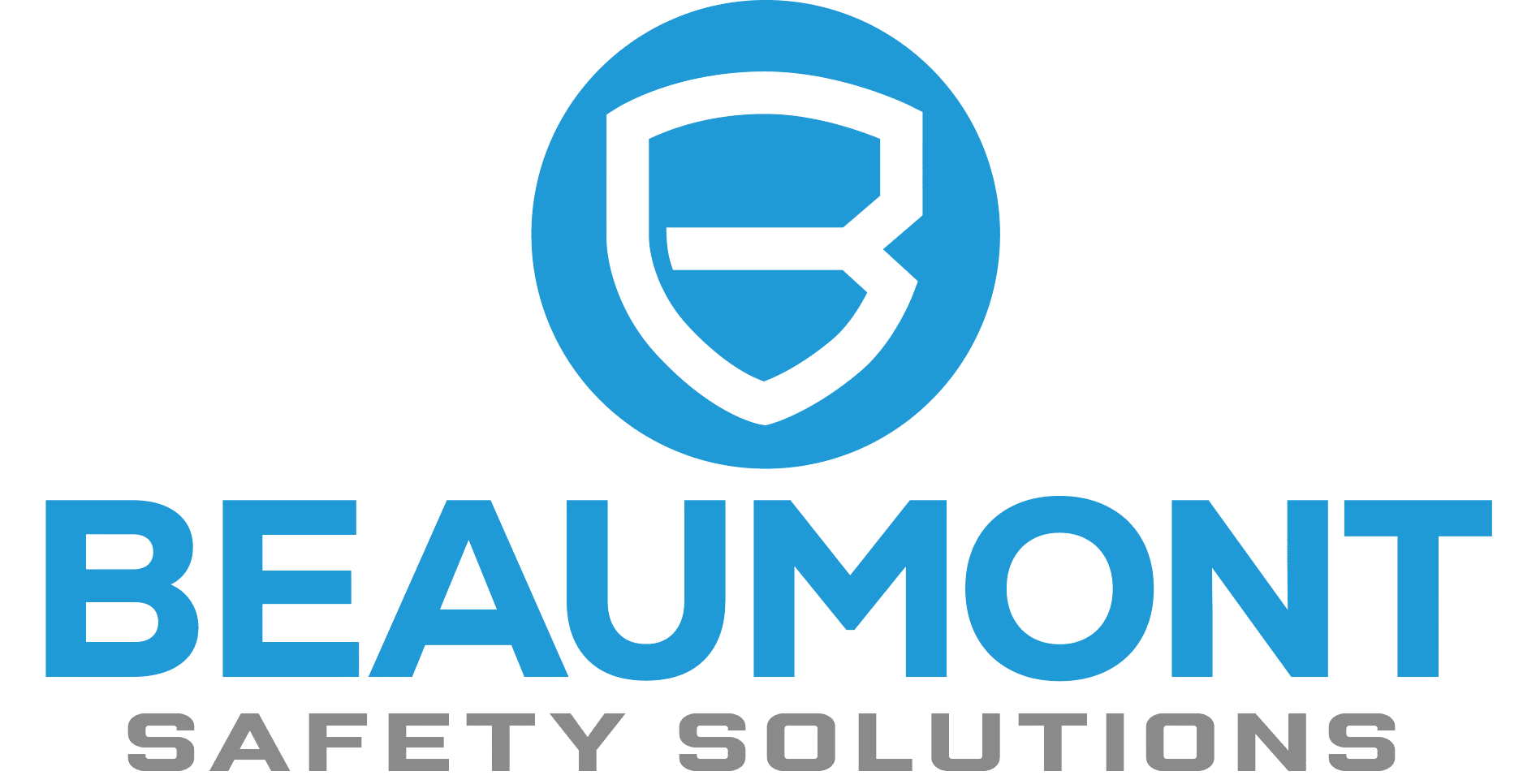As bushfire seasons become increasingly severe and frequent in Australia, workplaces must be proactive in supporting their employees who may be affected by these natural disasters. Bushfires not only pose a direct threat to lives and properties but also create significant stress and disruption for workers whose homes are at risk. Here’s how workplaces can implement effective strategies to support their employees during such challenging times, with a focus on safety management systems and the hierarchy of control.
Understanding the Risks
Bushfires are a natural part of Australia’s landscape, but their frequency and intensity have been increasing due to climate change. Hot, dry conditions combined with strong winds create the perfect environment for fires to ignite and spread rapidly. For workplaces located in rural or semi-rural areas, the threat of bushfires is particularly high. Even urban businesses can be affected by smoke, road closures, and other fire-related disruptions.
Implementing Safety Management Systems
A robust safety management system (SMS) is essential for managing the risks associated with bushfires. According to the Australian Standard AS 4801-2001, organizations must establish, implement, and maintain documented procedures to identify hazards, assess risks, and control the associated risks of activities, products, and services. This includes the risks posed by bushfires.
Key components of an effective SMS include:
- Risk Assessment: Conduct regular risk assessments to identify potential hazards related to bushfires. This involves evaluating the likelihood and impact of bushfire events on the workplace and its employees.
- Emergency Response Plan: Develop and maintain an emergency response plan that includes procedures for evacuating the workplace, communicating with employees, and coordinating with emergency services.
- Training and Awareness: Provide training for employees on bushfire safety, including how to respond to warnings, evacuation procedures, and the use of emergency equipment.
- Communication Systems: Establish reliable communication systems to keep employees informed about bushfire risks and updates. This can include emergency apps, social media platforms, and internal communication channels.
Applying the Hierarchy of Control
The hierarchy of control is a framework used to manage workplace hazards by prioritizing control measures based on their effectiveness. It consists of five levels:
- Elimination: Remove the hazard entirely. For example, relocating critical operations away from high-risk bushfire areas.
- Substitution: Replace the hazard with a less dangerous one. This might involve using fire-resistant materials in construction.
- Engineering Controls: Implement physical changes to reduce the risk. This can include installing firebreaks around the workplace or using fire-resistant barriers.
- Administrative Controls: Change the way people work. This includes developing policies for working during high fire danger periods, scheduling work to avoid peak fire risk times, and providing clear evacuation procedures.
- Personal Protective Equipment (PPE): Provide PPE to protect employees from the hazard. This can include fire-resistant clothing and respiratory protection for those working in smoky conditions.
Supporting Employees
Beyond the technical aspects of safety management, it’s crucial to provide emotional and practical support to employees whose homes are at risk from bushfires. Here are some ways to do this:
- Flexible Work Arrangements: Offer flexible work options, such as remote work or adjusted hours, to allow employees to manage their personal situations during bushfire threats.
- Employee Assistance Programs (EAPs): Provide access to counseling and support services to help employees cope with the stress and anxiety caused by bushfires.
- Financial Support: Consider offering financial assistance or paid leave for employees who need to evacuate or whose homes have been damaged by bushfires.
- Community Support: Encourage a sense of community within the workplace by organizing support groups or initiatives to help affected employees.
Conclusion
Workplaces play a vital role in supporting their employees during bushfire seasons. By implementing comprehensive safety management systems, applying the hierarchy of control, and providing emotional and practical support, employers can help ensure the safety and well-being of their workforce. As bushfire risks continue to grow, proactive and compassionate workplace policies will be essential in navigating these challenging times.
If you need a risk assessment, emergency management plan or strategy review, contact your Adelaide Safety Consultants, Beaumont Solutions.



